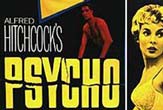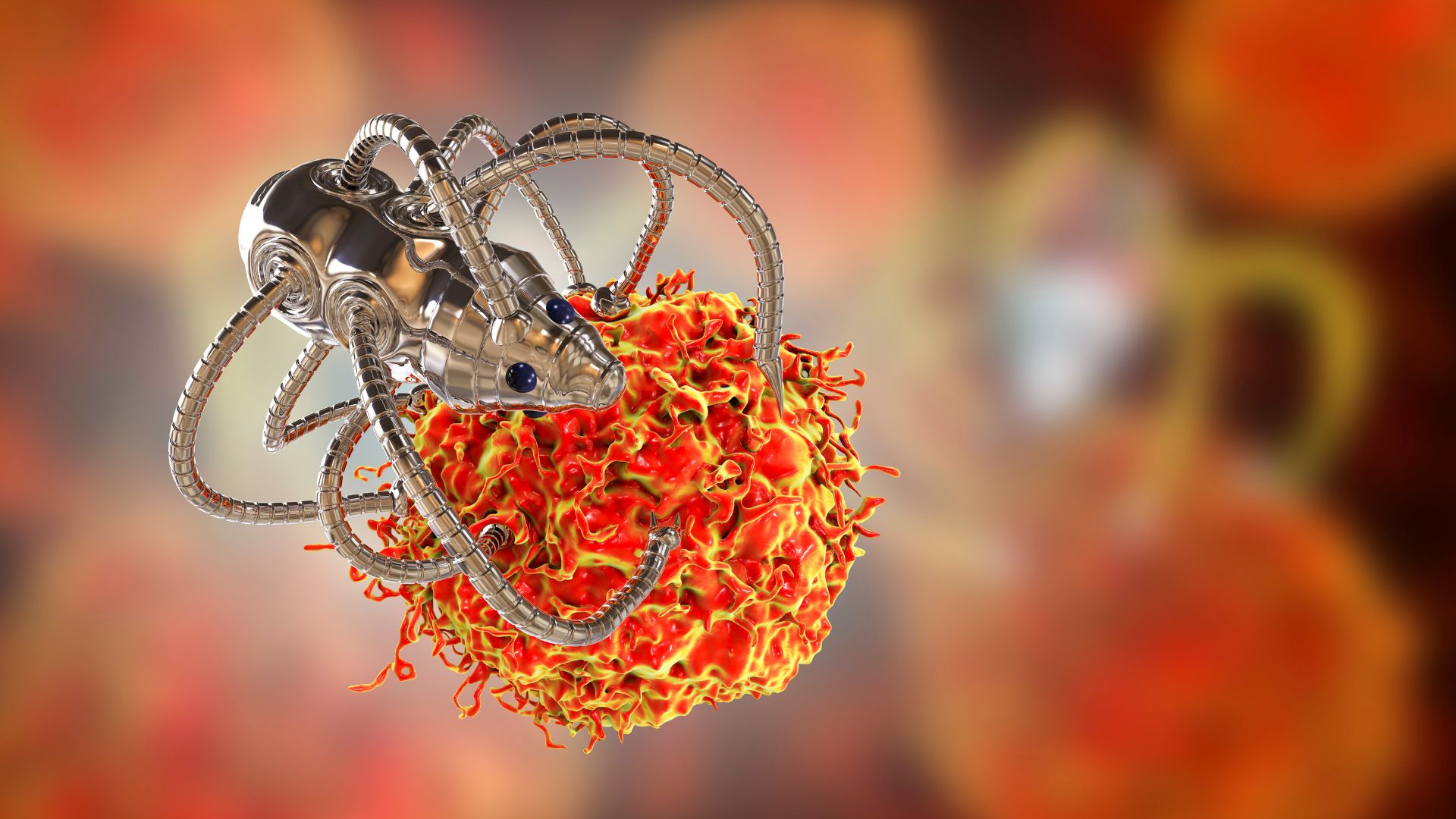Best Horror Films Skip the Gore

If your aim this Halloween is to be very, very scared by a movie, you might reach way back into the archives of horror flicks rather than just grabbing for yet another modern slasher.
Despite Hollywood's ability to literally get inside the minds of viewers, using brain scans to delve into the cognitive experience of filmgoers, many old-school techniques remain ideal for scaring the pants off people.
In the best horror films, less gore is more, says Delia Konzett, a cinematic studies expert at the University of New Hampshire. Many students tell her today's horror films show too much gore. Instead, students say they are more frightened when the scariest moments take place partially off-screen.
"Classic horror/thriller films engage the viewers and their imaginations," Konzett said. "Hitchcock was great at this and never underestimated the imagination of the typical moviegoer. His famous 'Psycho' shower scene from 1960 did this in a masterly fashion. We never see the knife enter flesh; it's shown from various angles going through stabbing motions filmed in fast-paced and fragmented montage style that are alternated with close-ups of the shower and parts of Marion Crane's body and her face as she's screaming."
Then there were the stabbing sounds: "Knives plunged into juicy casaba melons were used for realistic sound effects," Konzett said. And the music: "Bernard Herrmann's unforgettable, expressionistic sound track with screeching staccato sounds mimicking stabbing sounds played by violins and other string instruments."
Why we love being scared
When you get scared, your heart rates soars, you breathe faster, your muscles tighten, and your attention focuses — all part of the fight or flight response. But when you know there is no real threat, the adrenaline rush can be enjoyable, scientists say.
One explanation for why we love scary movies is that we're not so much afraid as we are excited. Another is that we are willing to endure the terror in order to enjoy a euphoric sense of relief at the end.
A newer idea, put forth last year in the Journal of Consumer Research, suggests horror movie viewers are happy to be unhappy. People experience both negative and positive emotions simultaneously, the thinking goes. "The most pleasant moments of a particular event may also be the most fearful," wrote Eduardo Andrade of the University of California, Berkeley and Joel B. Cohen at the University of Florida.
The best
Alfred Hitchcock was, of course, the master at teasing all these senses. Konzett: "Even though we actually see only a small amount of blood (chocolate syrup going down the drain) and very little gore, if any, in this short two-minute scene, it has profoundly scared several generations of people, especially women, with many saying they are afraid to take showers for days. Very few horror scenes have had this kind of impact."
Even the low-budget "Texas Chainsaw Massacre," often criticized for gore and violence, "actually has much less blood than people imagine, with many of the killings occurring off camera," notes film reviewer and LiveScience columnist Benjamin Radford.
Steven Spielberg's 1975 "Jaws" left an entire generation afraid to enter the water for fear of shark attacks, Konzett notes. Yet Spielberg sidestepped outright gore for the most part, using thumping music, murky water and the constant threat of attack to terrify viewers.
"Films such as 'Psycho' and 'Jaws' capture the helplessness of people, catching them when they are most vulnerable. This is why many decades later, they are still popular among the younger generation in spite of contemporary horror films that are more sensational and filled with blood and gore," she says.
Get the world’s most fascinating discoveries delivered straight to your inbox.
Robert is an independent health and science journalist and writer based in Phoenix, Arizona. He is a former editor-in-chief of Live Science with over 20 years of experience as a reporter and editor. He has worked on websites such as Space.com and Tom's Guide, and is a contributor on Medium, covering how we age and how to optimize the mind and body through time. He has a journalism degree from Humboldt State University in California.



